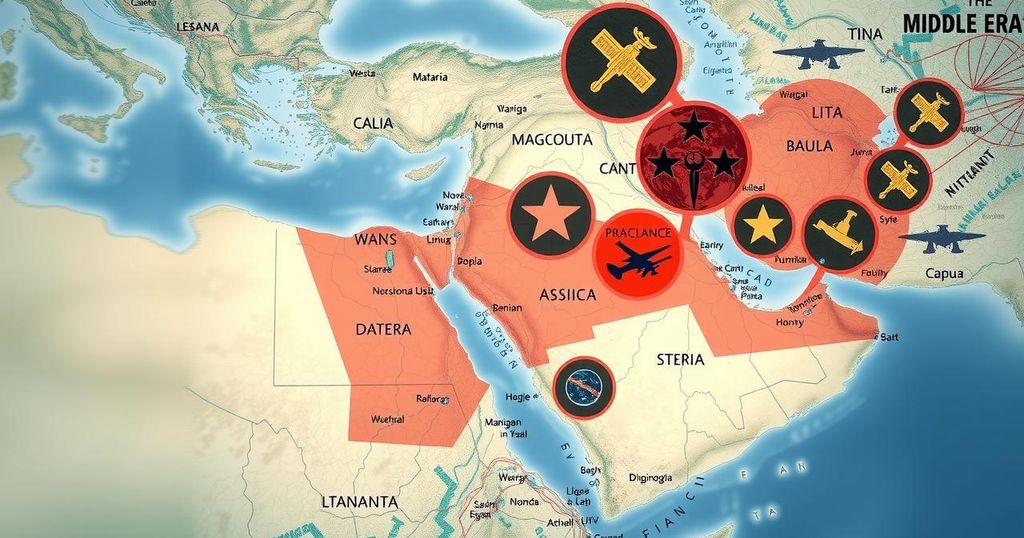Strengthening U.S. Military Presence in the Middle East Amid Rising Tensions

The Pentagon is deploying additional troops and aircraft to the Middle East in response to escalating tensions, particularly after Israeli forces intercepted missiles launched from Iran. This marks a significant reinforcement of U.S. military presence in the region amid prospective conflict.
The Pentagon is poised to enhance its military presence in the Middle East, following recent heightened tensions. U.S. warships collaborated with Israeli forces to intercept missiles during an attack attributed to Iran. In response to escalating conflicts, the Pentagon is dispatching thousands of additional troops and three new aircraft squadrons. This action underscores the growing scope of U.S. military operations in a region increasingly marked by instability and potential conflict escalation. As such, it is essential to outline the current deployment and responsibilities of U.S. forces in this critical area.
The context for this military escalation stems from ongoing geopolitical tensions in the Middle East, particularly regarding Iranian military actions that threaten regional allies such as Israel. U.S. military involvement has historically aimed to maintain stability and support democratic governments amidst ongoing conflicts. The recent attack on Israel serves as a catalyst for increased military readiness and deployment of U.S. forces, reflecting the complexity and volatility of the region.
In light of the recent developments, the United States continues to reaffirm its commitment to supporting its allies in the Middle East through strategic military deployments. The addition of more troops and aircraft reflects the seriousness of the threats faced in the region and the U.S. intention to counter those threats effectively. The military presence remains a critical aspect of U.S. policy in ensuring regional stability amid ongoing challenges.
Original Source: www.nytimes.com








